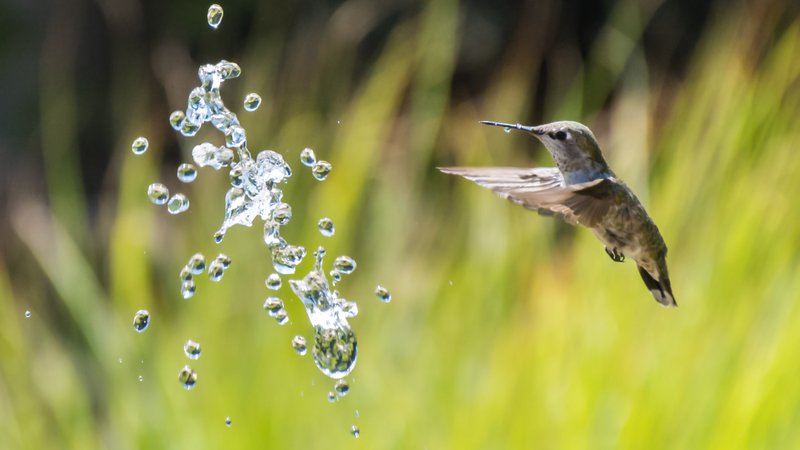
How to Attract Desirable Wildlife to Your Landscape
Plant a garden that will have you watching wildlife flit, buzz, flap and hop among the blooms.
When building a backyard retreat to enjoy time with family and friends and escape into nature in your own garden, seeing wildlife is a happy bonus. But is it really a stroke of luck?
That butterfly flitting about from flower to flower. The sounds of those musical birds singing in the morning. A bunny hopping about. A frog enjoying your water feature. You might think these visitors arrive by accident, but actually you’ve created a healthy ecosystem in your landscape, and it’s drawing these desirable critters to your yard.
In fact, there are some specific things you can do to attract more pollinators, birds, butterflies, and other animal friends to your space. Here are some wildlife garden ideas you can use to enhance your yard’s desirability.
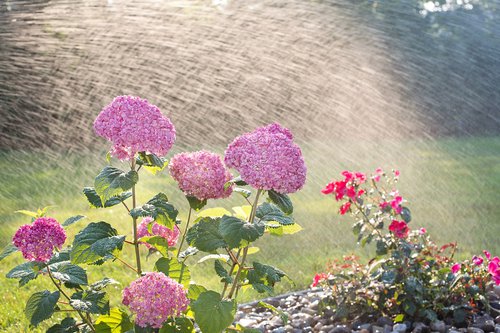
Understanding wildlife gardening
While your garden may seem small compared to a forest, it can actually be a wonderful ecosystem for a lot of animal species.
In fact, all gardens have wildlife in them. And because our gardens are numerous and widespread, they are linked in a way, allowing animals to migrate and connect. But there’s always room for improvement if you’re trying to attract birds, butterflies, and other desirable species to your landscape.
According to the National Wildlife Federation, streets with bird-friendly yards had almost twice as many species as those without. Native plants and trees, specifically, provide habitats that are crucial to making yards more bird-friendly.
And their study shows that people with more wildlife-friendly yards spend more time out there enjoying the benefits, such as increased oxygen-producing vegetation, visual and color interest, and tree coverage.
There are specifically four elements that you should include in your list of wildlife garden ideas to ensure you’re creating the ideal ecosystem: habitat, food, water and cover.
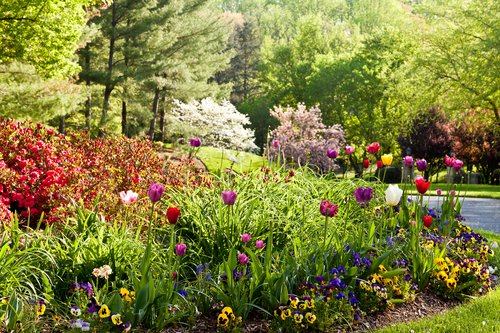
Start with trees and native plants
When thinking about your garden’s potential to attract wildlife, start by looking at trees. Evergreen species provide year-round cover and shelter. Fruit- and nut-bearing tree and shrub varieties provide food. Think about plants that provide these treats throughout the year and not all at the same time to provide consistent food sources. Some examples include hollies, Junipers, crabapples and flowering dogwoods. They not only look good but hit all the marks for attracting wildlife.
Native species are well-suited to providing your local wildlife with things they need because they are already adapted to the local soil and climate conditions.
Flowering annuals and perennials can add color to your landscape and also attract birds and butterflies. Tall native grasses and wildflower gardens provide beauty and visual interest and are also natural sources of food and shelter.
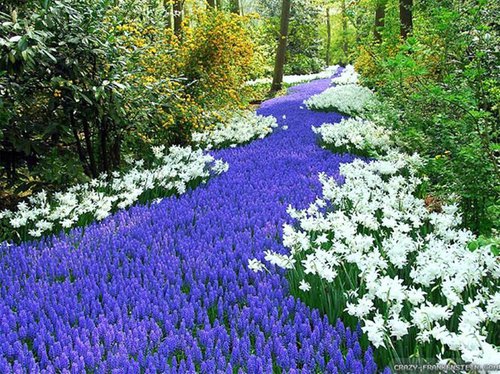
Proactive landscaping for pollinators
When it comes to helping pollinators, planting a range of nectar-rich native plants can draw butterflies and bees.
Bees are especially fond of blue and yellow flowers. Hummingbirds tend to go for reds, oranges, pinks and purples. Try plants that bloom in spring, summer, and fall for color variety and to keep the pollinators returning.
Butterflies like warmer temperatures. They love to bask in the sun on cool mornings. Adding a light-colored rock or concrete garden sculpture can be a great way to incorporate a basking site.
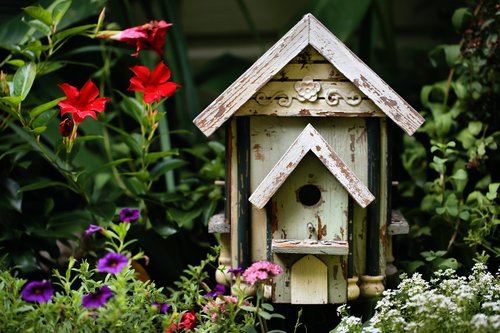
Incorporate feeding and nesting spaces
Native trees and plants will naturally create great food and nesting areas in your yard.
But if you want to supplement those areas, you can add some additional opportunities for food and cover with seed and nectar feeders, as well as bird and bat houses.
Bats are great to attract to your garden because they help keep down night-flying insects like mosquitoes.
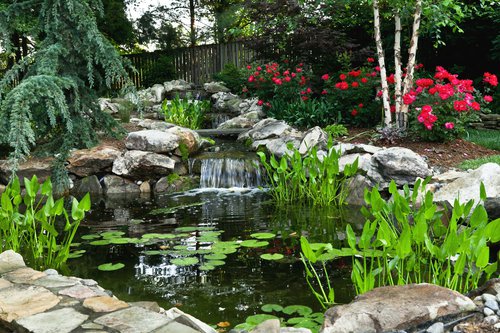
Don’t forget reptiles and amphibians
Your backyard also can be a place for toads, frogs, lizards, turtles and snakes.
These animals are typically harmless to have in your space. They are also quite beneficial because they can feed on destructive and undesirable insects, as well as mice and rodents.
Shade-tolerant groundcovers under trees also can provide some cool shelter for these species. Clean, fresh water is also essential for butterflies, birds, bats and other wildlife, just like it is for you.
A backyard pond or other types of water features are great for all wildlife. Other ideas include a bird bath or rock garden with depressions that can fill with water.
Remember to change the water every couple of days to keep it fresh and prevent mosquitoes from breeding.
How to keep out too many of the unwanted visitors
Many of these strategies above also will attract some mammals, such as squirrels, chipmunks, rabbits, raccoons, opossums, skunks, mice and deer. This is a natural part of a healthy ecosystem.
However, there are a few things you can do to avoid large and frequent interaction with raccoons, mice and deer.
- Avoid setting out open food that may attract scavengers.
- Use metal garbage cans that cannot be chewed through and put them in a secure spot with lids.
- Make sure your home is secure from mice and other rodents sneaking in.
- Never try to handle wild species in your yard.
Want to learn how to incorporate more wildlife garden ideas into your outdoor space? We’d love to help you have a special, custom space that can ease your stress with the fluttering of butterflies and the soft chirping of friendly birds. Learn more about gardens we’ve designed here or contact us for a consultation.





